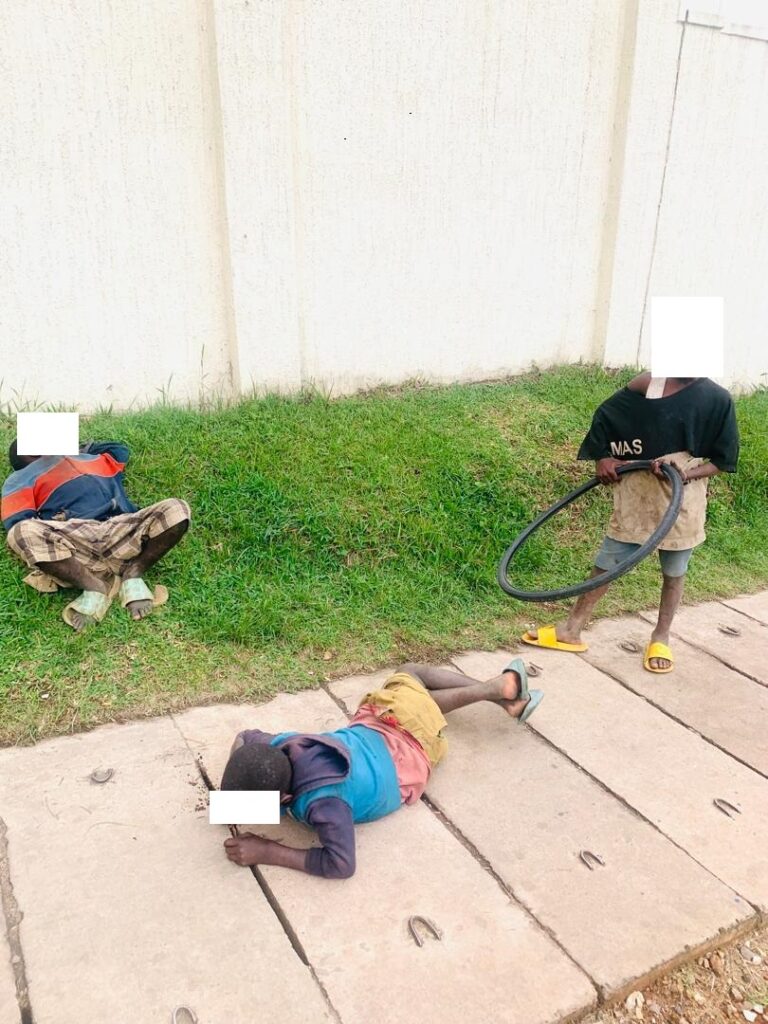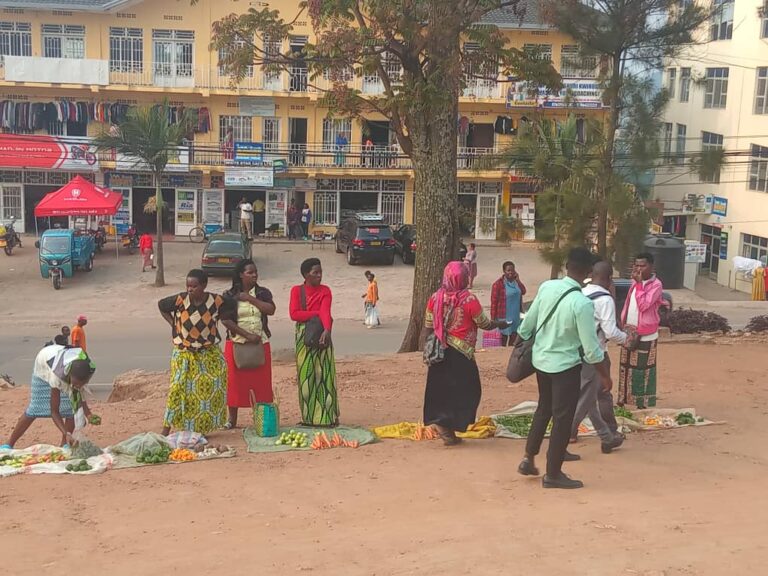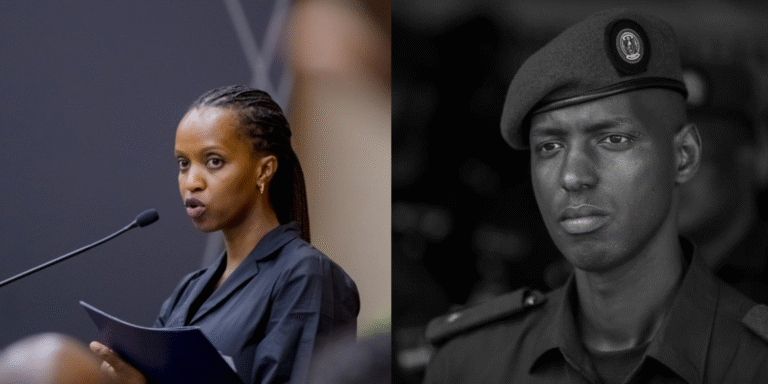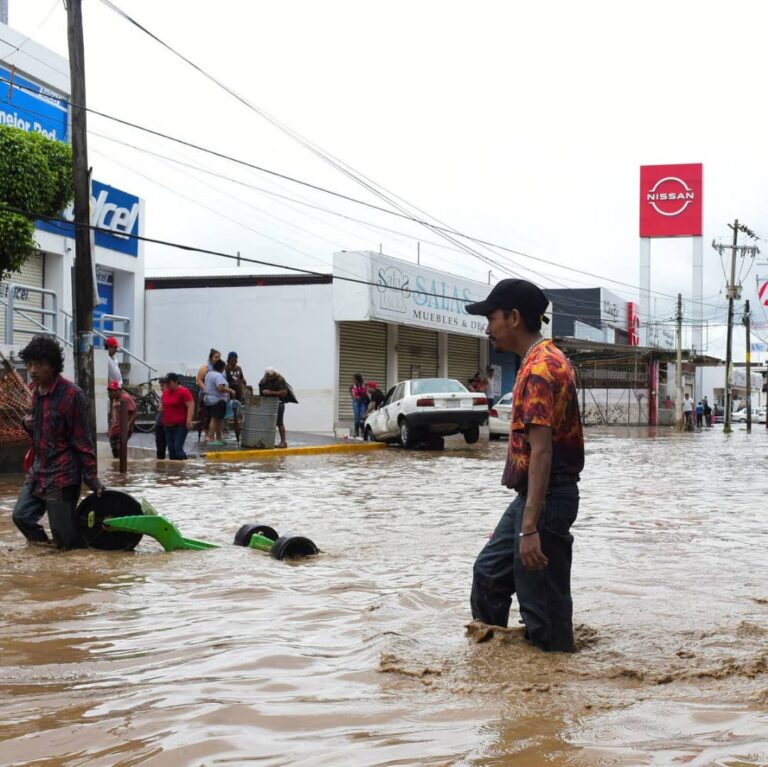Street children, locally known as Mayibobo, have long been a concern in Muhanga District.
According to observations from shopkeepers, residents, and passersby, their numbers in Muhanga City have visibly increased, this year particularly during the summer months of June and July, renewing public concern.
The children are commonly seen begging, carrying loads for small amounts of money, or loitering in public areas such as shops, the Muhanga car park, supermarkets, and other busy places including bars, banks, and the stadium both during the day and late at night.
“We see more and more children every week. Right now, you can count over 20 of them in the city alone,” said Evode Dushimimana, a shopkeeper at Muhanga Modern Market. “Even though I am not yet married, it breaks my heart to see children as young as 10 or even younger wandering at night in search of shelter or begging just to have something to eat.”
For Claudine Umutoniwase, a mother, the problem is deeply distressing.
“It hurts to see children spending the night outside, sometimes exposed to the rain, or resorting to alcohol and drugs to escape their hardship,” she said. “It’s not a new issue, but lately their numbers have grown.”
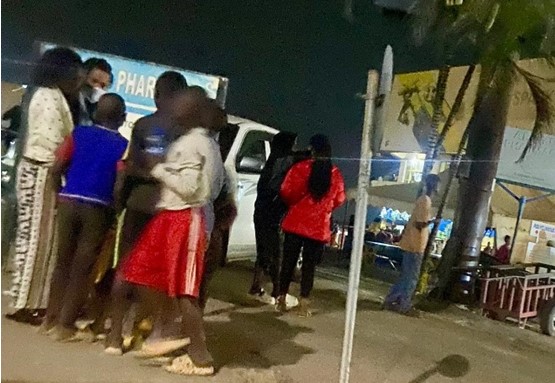
Other parents link the increase to poverty, family separations, domestic conflicts, and the city’s role as a central hub between Kigali and the Southern Province, which attracts children from different areas.
Ten-year-old Claude Habinshuti, who lives with his two younger siblings, shared his struggles..
“I spend most of the day begging or carrying heavy loads so I can buy food for myself and my younger brothers,” he said.
He explained that their mother abandoned them after repeated quarrels with their father, who often drinks heavily.
“Our father is always drunk and never supports us; he only scolds us,” Claude added.
Addressing the matter, Mugabo Gilbert, the Vice Mayor of Muhanga District in charge of Social Affairs, acknowledged the growing concern and outlined steps being taken to address it.
“The main reason these children are more visible on the streets is that they are out of school for the holidays. Every Monday, Wednesday, and Friday, we involve them in the national initiative known as the Holiday Youth Support Program. Through this program, they meet, discuss, and learn together,” he explained.
He added that the sessions focus on Rwandan culture and values, mental health, reproductive health, drug abuse prevention, anti-human trafficking awareness, children’s rights and responsibilities, hygiene and sanitation, and the responsible use of social media.
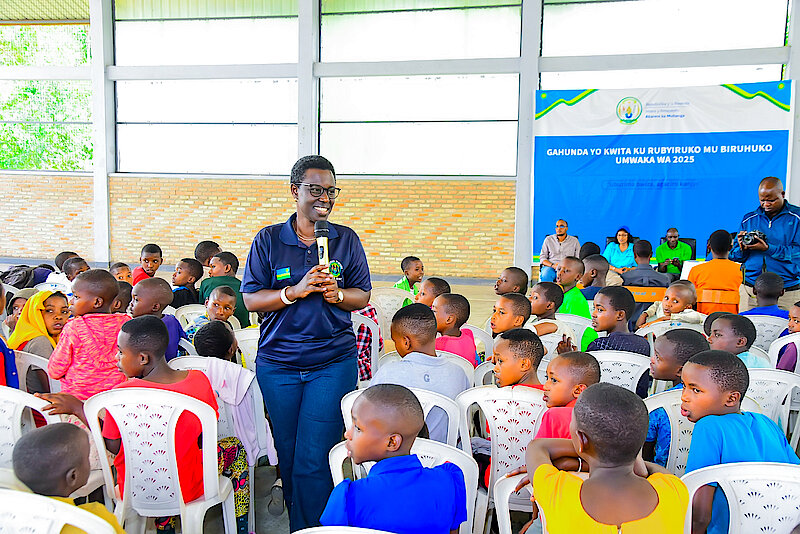
The Vice Mayor also urged parents to take their responsibilities seriously.
“There should be no child living on the streets. Family disputes should never result in neglect. Parents may disagree, but they must not allow those conflicts to prevent them from fulfilling their duty to raise their children,” he emphasized.
According to UNICEF, Rwanda is estimated to have 7,000 street children, while nearly 300,000 minors live in households where a child is the head. While globally, tens of millions of children face similar circumstances.
Story by Igihozo Zaudjia



